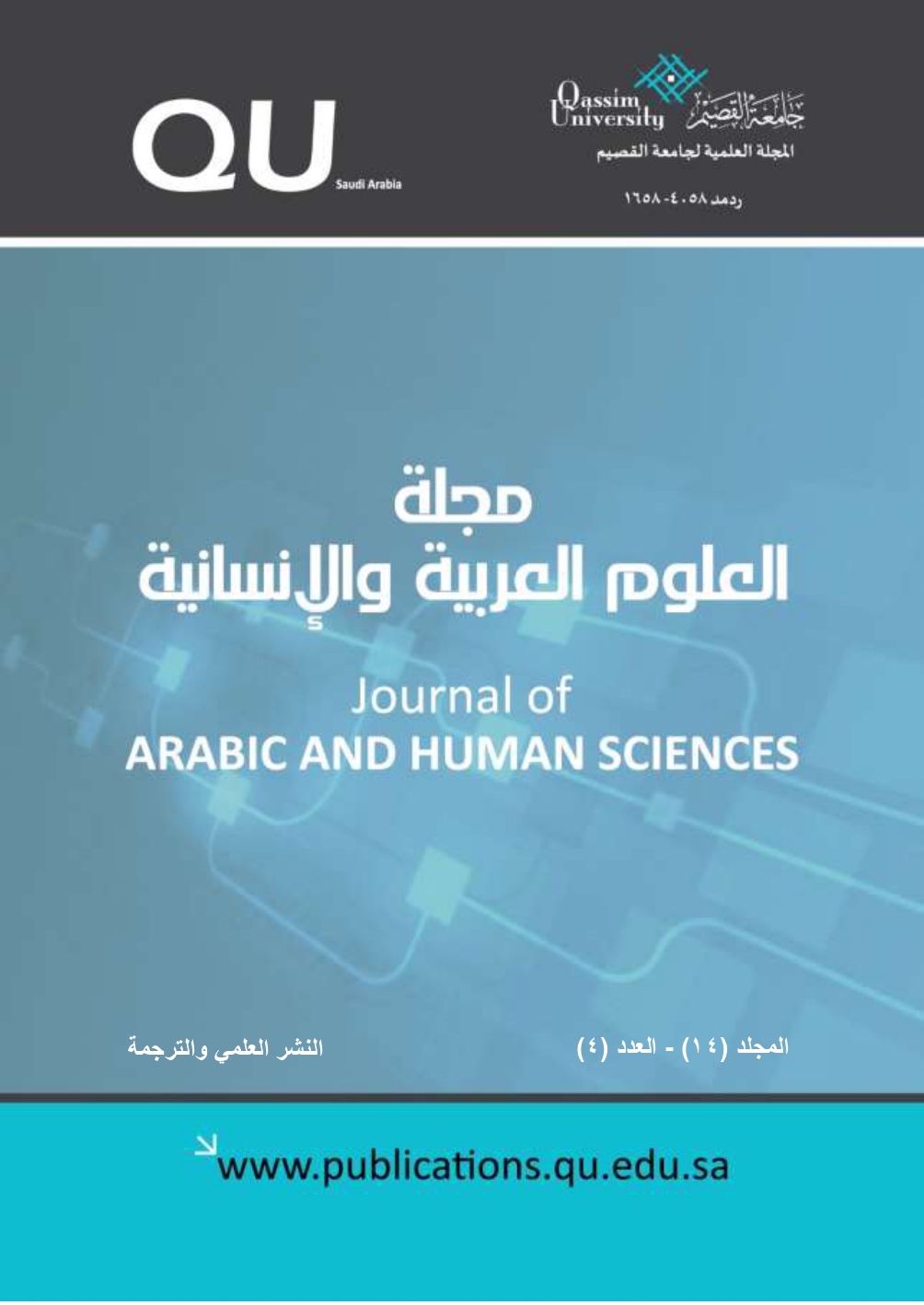An Acoustic Analysis of Monophthong Vowels and their Allophonic Pharyngealized Counterparts in the Gulf Pidgin Arabic
Abstract
The study explores the possible effect of the length of residence (LOR) in an Arabicspeaking country (i.e., Saudi Arabia) and/or L1 on the realization of the Arabic monophthong vowels /i, iː, a, aː, u, uː/ and their allophonic pharyngealized ones as produced by 20 male GPA speakers from India whose L1 is Malayalam, using 3 speakers of Arabic as a baseline. Acoustic parameters, including spectral and temporal structures of the Arabic vowels, were measured and analyzed. The values of each group of GPA speakers were compared to the values of the control group to determine similarities and differences in vowel production, a within-group (GPA speaking groups) and between group comparison and the local norm. The results indicated that both groups of the GPA speakers similarly realized most of the Arabic vowels /i, a, aː, u, uː/ with values much like those of native speakers, regardless of their LOR, except for the Arabic /iː/, which could be only realized by the GPA speakers of the long-stay group. As for Arabic length patterns. The results also reported that both the short and long-stay groups took advantage of the existence of the length feature in their L1, which in turn, facilitated their performance in Arabic duration. Overall, the long stay group shows superiority over the short stay group in most performances (i.e., Arabic pharyngealized vowels and durational patterns), supporting the argument of the Speech Learning Model (SLM) (Flege, 1995).

This work is licensed under a Creative Commons Attribution-NonCommercial 4.0 International License.


